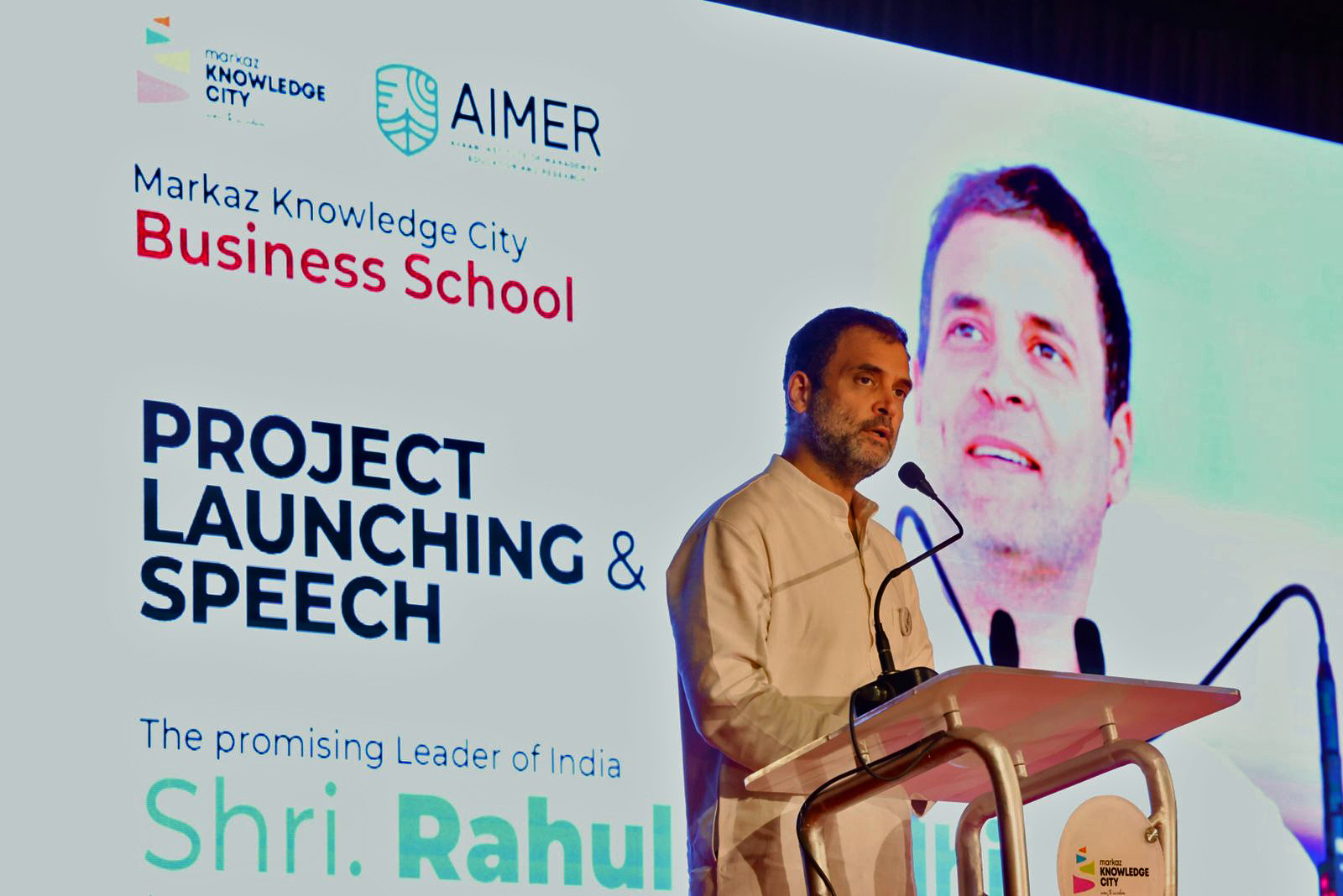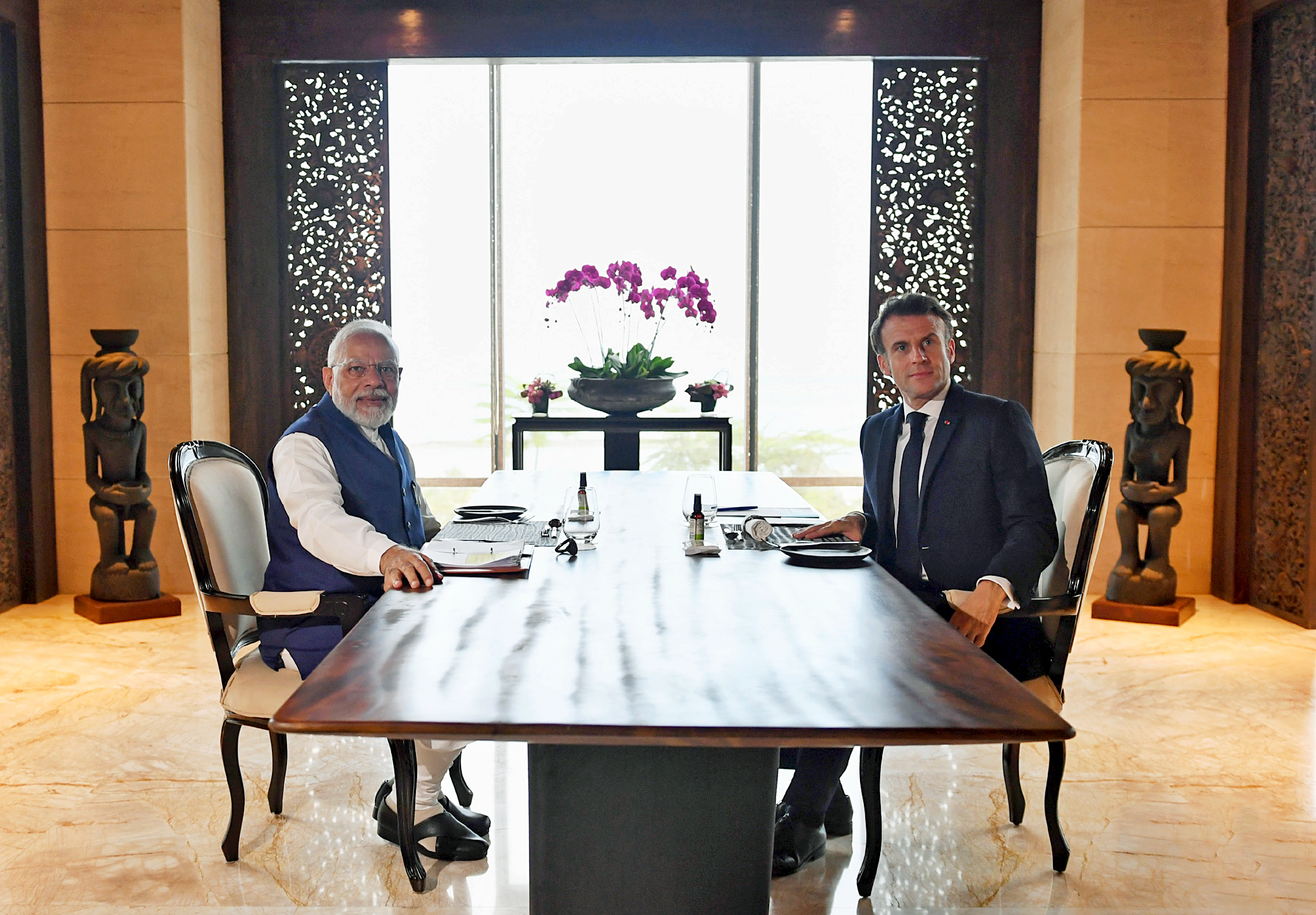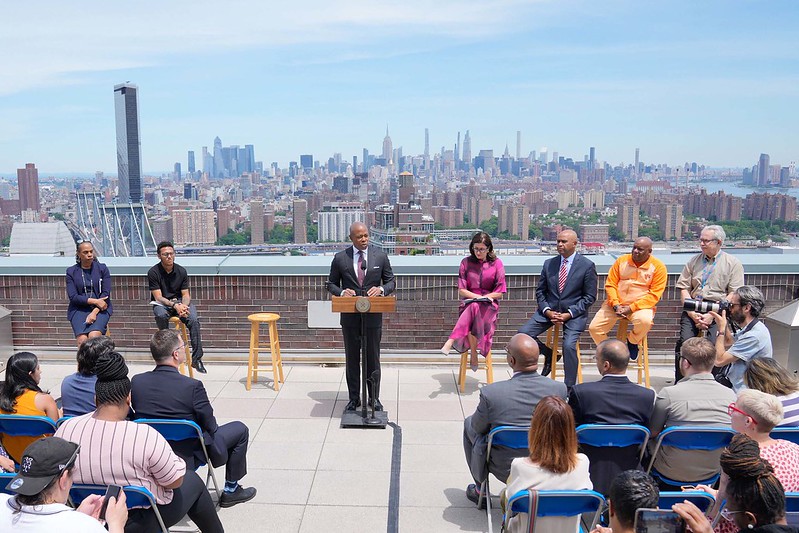Views and opinions from the top commentators in Indian media
Though the G-23 leaders have not spelt it out clearly, their real target is Rahul Gandhi, who they feel does not have the necessary qualities to lead the party. They privately maintain that the Sidhu fiasco has vindicated their stand.
It is no secret that Rahul and Priyanka were instrumental in appointing Navjot Singh Sidhu president of the party’s Punjab unit despite stiff resistance from his bete noire, Amarinder Singh, or Captain, as he is popularly called. Sidhu, however, persisted with his strident attacks on Singh and eventually prevailed upon the Gandhi siblings to show the Captain the door. But act two of this drama unfolded on 28 September, when Sidhu abruptly resigned as Punjab Congress chief in protest against several appointments made by the new Chief Minister, Charanjit Singh Channi. Needless to say, this episode has left the Gandhi siblings red-faced.
The question is, where does the Congress go from here? And this is not just about Punjab. Will it be business as usual or will more party members join the 23 leaders to press for a change in the party?
— Anita Katyal, The Quint
Quad vs AUKUS
The debate on whether the creation of AUKUS, a defense partnership between Australia, the United Kingdom and the United States, strengthens or weakens Quad, the Quadrilateral Security Dialogue between Australia, India, Japan and the US, will rage on. Proof of the pudding, as the English are wont to remind, will lie in the eating. There is an aspect to the distinction between AUKUS and Quad that has not received adequate attention. It centers around the concept of an Anglosphere, a grouping of English-speaking countries.
It is not a coincidence that the one country truly miffed by the creation of AUKUS has been France, a traditional rival of Britain. It is also no coincidence that the US and UK are willing to offer nuclear technology for defense purposes to Australia but have so far shied away from making it available to India and Japan. The West’s alliance with Japan remains warped by the memory and legacy of World War II. India is in a league of its own when it comes to defining her equation with the Anglosphere.
— Sanjaya Baru, The Times of India
Competing with China
India has so far resisted the bait and, consequently, earned China’s displeasure in different ways, including military pressure and the encouragement of Pakistan, diplomatically and militarily. However, it is clear that this is a battle India cannot fight alone. Apart from the fact that China’s economy dwarfs that of India, Beijing is today a world leader in technology and international trade. An isolationist India that has retreated into its shell will suit China admirably. What will not suit it is an India that has entered into a strategic relationship with countries that have similar vulnerabilities. The Quad is as yet an untested investment in the future involving India, Australia, Japan and the US. It is Asia-focused and technology-focused, but will probably have an arms-length relationship with the Aukus military grouping that seeks to challenge China’s bid to control the Indo-Pacific. India is understandably cautious about over-committing itself to anti-China blocs because it is the only country with which China has a common and disputed border. The longer-term approach to national security must involve rapid capacity building on economic and military fronts.
— Swapan Dasgupta, The Telegraph
The Communal Divide
The British sucked India bone-dry by manipulating trade policies and wringing farmers beyond redemption. They systematically destroyed Indian agriculture and industry, progressively leaving the Indians impoverished and destitute. However, the British were in shock. For once, Indians passed over their differences of caste, creed and faith and rose as one against East India Company rule. The trauma of the 1857 uprising forced the British to think of new devices to perpetuate their empire. They carefully zeroed in on the fault lines within Indian society. The easiest to manipulate were Hindu-Muslim relations marked by bloodshed spanning over a thousand years.
Sir Syed Ahmed Khan was picked by the British for the job of weaning Hindus and Muslims from each other. The pre-1857 unity between the two communities was fresh and fragile, too weak to stand against wily British machinations. During the 1857 uprising, Sir Syed remained loyal to the colonial masters and won their trust. He set up a string of Muslim educational institutions, including Aligarh Muslim University (AMU), which eventually emerged as a fountain head of Muslim separatism.
— Balbir Punj, The Indian Express
Every week, we look at what the top commentators in the Indian media are talking about and bring to you a slice of their opinions and comments



























